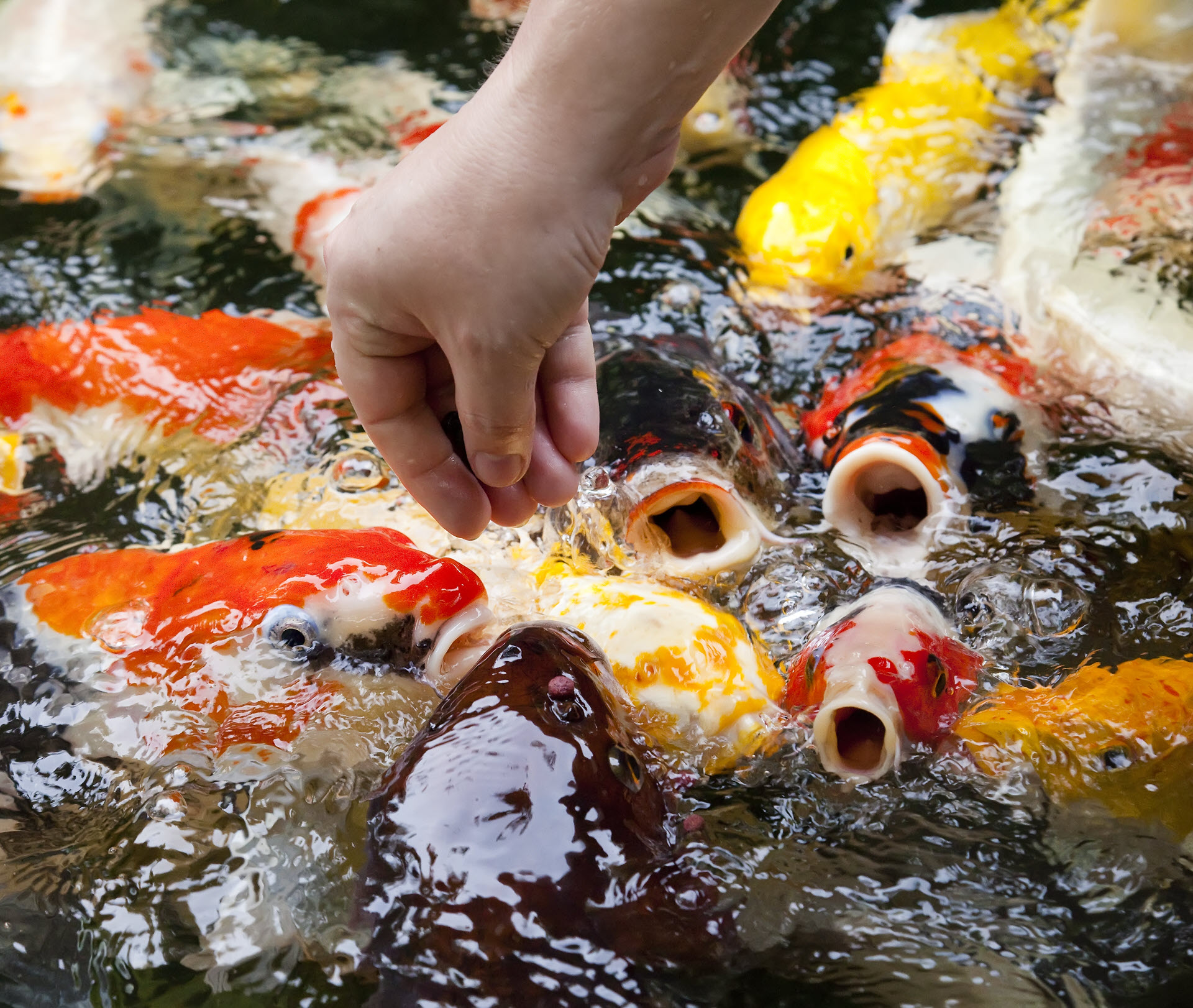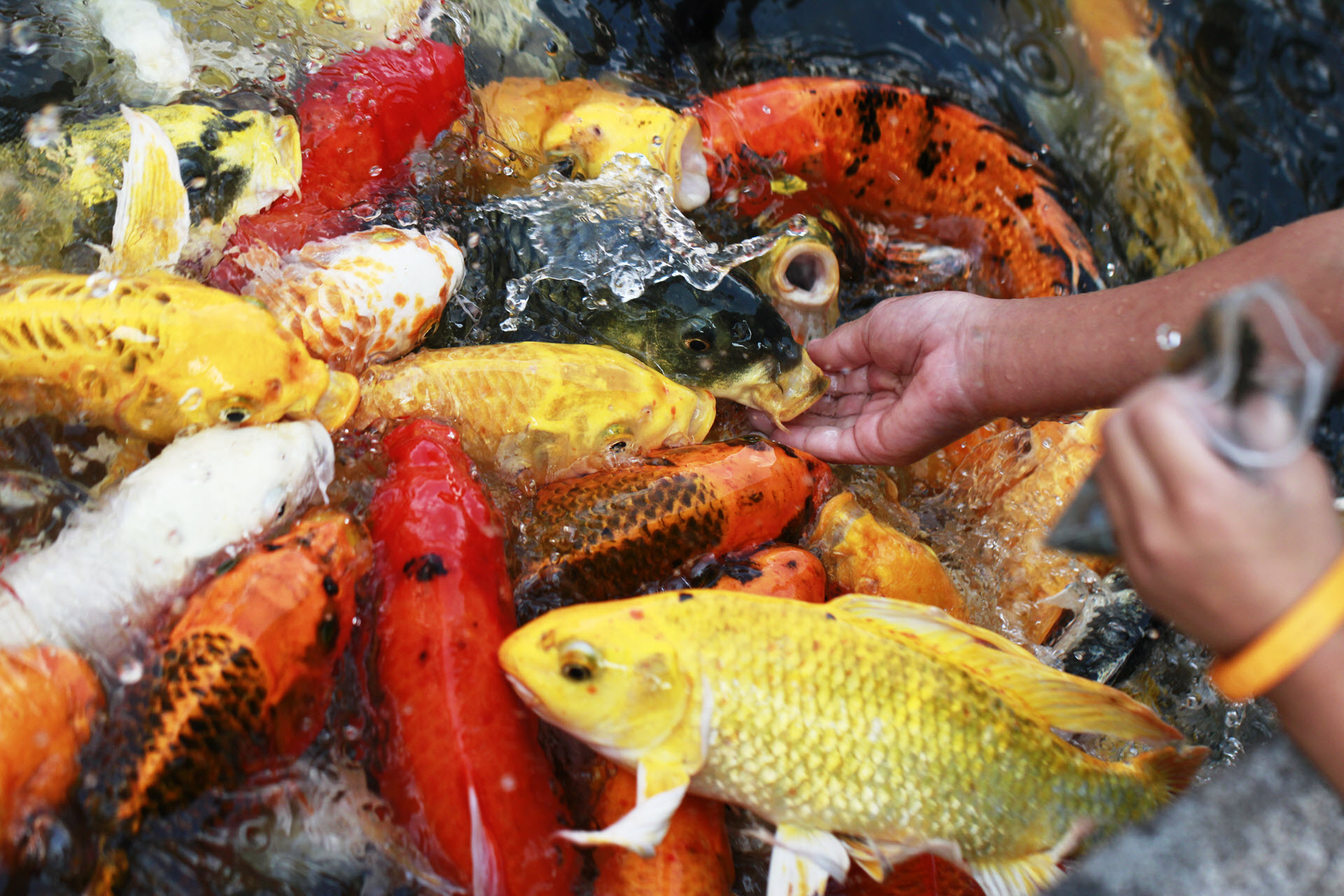Fish that eat other fish diet – Fish that eat other fish, known as piscivores, play a crucial role in maintaining the balance of aquatic ecosystems. Their diets and feeding strategies vary widely, from stealthy ambush predators to cooperative hunters.
Piscivores have evolved remarkable adaptations to catch and consume their prey, including sharp teeth, streamlined bodies, and specialized sensory organs. They also exhibit diverse behavioral adaptations, such as ambush tactics and lure fishing.
Fish Species and Diets
Numerous fish species rely heavily on other fish as their primary source of sustenance. These piscivorous fish exhibit diverse dietary habits, targeting specific types of prey and employing distinct feeding strategies to capture their quarry.
Fish Species and Diets
The following table provides a comprehensive list of fish species that primarily consume other fish, along with their specific diets and feeding strategies:
| Fish Species | Diet | Feeding Strategies |
|---|---|---|
| Barracuda | Smaller fish, including sardines, anchovies, and mackerels | Ambush predators that lie in wait for prey before launching a swift attack |
| Bluefish | Herring, menhaden, and other schooling fish | Fast-swimming predators that chase and overtake their prey |
| Cod | Smaller fish, such as haddock, whiting, and flounder | Bottom-dwelling predators that use their barbels to detect prey in the sediment |
| Dolphin Fish | Flying fish, squid, and small tuna | Agile predators that leap out of the water to catch airborne prey |
| Great White Shark | Seals, sea lions, and other marine mammals | Apex predators that use their powerful jaws and keen sense of smell to locate and attack prey |
| Grouper | Smaller fish, crustaceans, and mollusks | Ambush predators that hide in crevices and wait for prey to come within range |
| Jacks | Smaller fish, squid, and crustaceans | Schooling predators that hunt cooperatively to overwhelm their prey |
| Kingfish | Mackerel, herring, and other pelagic fish | Fast-swimming predators that chase and overtake their prey |
| Marlin | Tuna, mackerel, and other large fish | Billfish that use their long, spear-like bills to impale prey |
| Pike | Smaller fish, frogs, and waterfowl | Ambush predators that lie in wait for prey near the water’s surface |
| Salmon | Smaller fish, insects, and crustaceans (during early life stages) | Anadromous fish that migrate from saltwater to freshwater to spawn |
| Swordfish | Tuna, marlin, and other large fish | Billfish that use their long, sword-like bills to slash and kill prey |
| Tuna | Mackerel, herring, and other pelagic fish | Fast-swimming predators that chase and overtake their prey |
Ecological Impact of Fish Predators
Fish predators play pivotal roles in marine and freshwater ecosystems, influencing prey populations, maintaining ecosystem balance, and shaping community structure. Their predatory behavior has far-reaching consequences that extend beyond their immediate prey species.
Regulation of Prey Populations
Fish predators are key regulators of prey populations. By selectively targeting certain prey species, they can prevent overpopulation and maintain a healthy balance within the ecosystem. For instance, in coral reef ecosystems, large predatory fish species like sharks and groupers control the populations of herbivorous fish, which in turn prevents overgrazing of coral reefs.
Maintenance of Ecosystem Balance
Fish predators contribute to the overall stability and balance of ecosystems. By reducing the abundance of certain prey species, they create opportunities for other species to thrive. For example, in freshwater lakes, predatory fish like bass and pike can control the populations of planktivorous fish, which in turn allows zooplankton to flourish.
This increased zooplankton abundance benefits other organisms in the food web, such as fish larvae and filter-feeding invertebrates.
Shaping Community Structure
The presence and absence of fish predators can significantly influence the composition and structure of ecological communities. In marine environments, apex predators like sharks and killer whales play a crucial role in shaping the abundance and distribution of other species.
Examine how low carb pescetarian diet plan can boost performance in your area.
Their removal or decline can lead to a cascade of effects throughout the ecosystem, disrupting trophic relationships and altering community dynamics.
Get the entire information you require about formula boats for sale by owner on this page.
Evolutionary Adaptations for Predation
Predatory fish species have evolved various adaptations to enhance their ability to capture and consume other fish. These adaptations include physical and behavioral traits that have evolved over time through natural selection.
Physical Adaptations
Predatory fish often possess sharp, pointed teeth designed to pierce and tear the flesh of their prey. Their streamlined bodies allow for swift and agile movement, enabling them to pursue and catch their targets. Specialized sensory organs, such as keen eyesight and sensitive lateral lines, help them detect and locate prey in various aquatic environments.
Behavioral Adaptations
In addition to physical adaptations, predatory fish exhibit behavioral adaptations that enhance their hunting success. Ambush tactics involve lying in wait for prey to approach before launching a sudden attack. Cooperative hunting involves groups of predators working together to corner and capture prey.
Lure fishing involves using a lure or bait to attract and entice prey within striking distance.
Human Impacts on Fish Predator Diets
Human activities can significantly disrupt the diets of fish predators, leading to cascading effects on fish predator populations, prey species, and the overall ecosystem. Overfishing and pollution are two primary human activities that can alter fish predator diets.
Overfishing, Fish that eat other fish diet
Overfishing occurs when fish are harvested at a rate faster than their populations can replenish. This can lead to a decline in the abundance of prey species, which in turn can force fish predators to switch to alternative food sources.
In this topic, you find that used boat engine parts is very useful.
For example, in the North Atlantic Ocean, overfishing of cod has led to an increase in the abundance of haddock, which are now a primary food source for Atlantic cod.
Obtain access to define pescetarian diet to private resources that are additional.
Pollution
Pollution can also disrupt fish predator diets. Pollutants such as pesticides and heavy metals can accumulate in fish tissues, making them less palatable or even toxic to predators. This can lead to a decline in the consumption of polluted fish by predators, which can have cascading effects on the entire food web.
For example, in the Great Lakes, pollution from industrial chemicals has led to a decline in the consumption of alewives by lake trout, which has contributed to the decline of lake trout populations.The disruption of fish predator diets by human activities can have a number of consequences for fish predator populations, prey species, and the overall ecosystem.
These consequences include:
- Declines in fish predator populations
- Changes in the abundance and distribution of prey species
- Alterations in the structure and function of ecosystems
It is important to manage human activities in a way that minimizes their impact on fish predator diets. This can help to ensure the sustainability of fish predator populations, prey species, and the overall ecosystem.
Conservation and Management of Fish Predators
Conserving fish predators is essential for maintaining healthy ecosystems and biodiversity. They play a crucial role in regulating prey populations, preventing overgrazing of critical habitats, and maintaining species diversity. Their presence helps structure food webs and ensures the stability and resilience of marine and freshwater ecosystems.
Management Strategies
Effective management strategies are crucial for protecting fish predators and their habitats. These include:
- Sustainable Fishing Practices:Implementing fishing regulations that minimize bycatch and target fishing on non-predator species can help protect fish predators.
- Marine Protected Areas:Establishing marine protected areas (MPAs) provides refuge for fish predators, allowing them to thrive and reproduce without fishing pressure.
- Habitat Protection:Conserving and restoring critical habitats, such as coral reefs, seagrass beds, and mangrove forests, provides shelter and food sources for fish predators.
Concluding Remarks
Understanding the diets of fish predators is essential for managing and conserving aquatic ecosystems. By protecting these top predators, we can ensure the health and biodiversity of our oceans and waterways.
Query Resolution: Fish That Eat Other Fish Diet
What types of fish are piscivores?
A wide range of fish species are piscivores, including tuna, sharks, barracuda, and largemouth bass.
How do piscivores impact their prey populations?
Piscivores regulate prey populations by reducing their numbers, which can have cascading effects on the entire ecosystem.
What are some of the evolutionary adaptations of piscivores?
Piscivores have evolved sharp teeth, streamlined bodies, and specialized sensory organs to enhance their ability to catch and consume prey.



